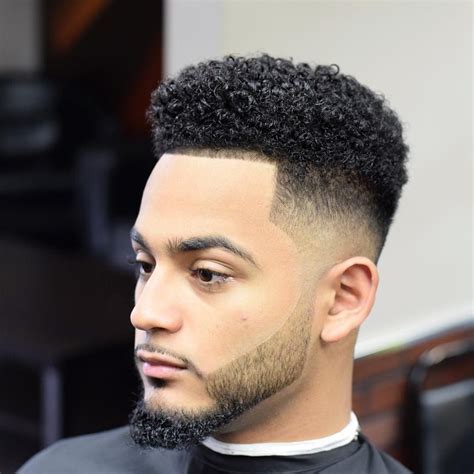What is a Sew-In?
A sew-in is a hair extension technique that involves attaching donor hair to your natural hair using a needle and thread. This method creates a natural and seamless look, blending the extensions with your own hair.

Types of Hair for Sew-Ins
The type of hair used for sew-ins plays a significant role in the overall outcome. Here are the most common options:
- Human Hair: Provides the most natural-looking and versatile option, but is also the most expensive.
- Remy Human Hair: A higher-quality human hair that has been collected in a way that preserves the cuticle direction, ensuring tangle-free and silky hair.
- Synthetic Hair: A more affordable option that offers a wide range of colors and textures, but lacks the natural feel and longevity of human hair.
Benefits of Sew-Ins
- Length and Volume: Sew-ins instantly add length and volume to your natural hair, allowing you to experiment with different styles.
- Versatility: Sew-ins can be styled in various ways, including straight, curly, or wavy, to match your personal preferences.
- Protective Style: By protecting your natural hair from heat styling and chemicals, sew-ins can promote hair growth and health.
- Long-Lasting: Sew-ins can last for several weeks with proper care and maintenance, reducing the need for frequent touch-ups.
Considerations Before Getting a Sew-In
- Hair Type: Individuals with fine or thinning hair may experience damage if the sew-in is too heavy or poorly installed.
- Scalp Health: Scalp irritation or allergies may arise if the extensions are not properly cleaned or disinfected.
- Cost: Sew-ins can be expensive, especially if using high-quality human hair.
- Maintenance: Regular styling and haircare are essential to maintain the health of the sew-in and natural hair.
How to Choose the Right Hair for Sew-Ins
When selecting hair for a sew-in, consider the following factors:
- Texture: Hair texture should match your natural hair for a seamless blend.
- Length: Hair length should be chosen based on your desired style and the thickness of your natural hair.
- Color: Hair color should complement your natural color or provide a dramatic transformation.
- Quality: Invest in high-quality hair to ensure longevity and natural appearance.
Professional Installation and Care
It is crucial to have a certified hair stylist install the sew-in to ensure proper technique and reduce the risk of damage. Regular maintenance, including washing, conditioning, and styling, is essential to keep the sew-in looking its best.
Table 1: Types of Sew-In Methods
| Method | Description |
|---|---|
| Flat Track: Hair extensions are sewn directly onto natural hair in parallel rows. | |
| Micro Link: Small beads are attached to natural hair and extensions are threaded through them. | |
| Fusion Link: Hair extensions are attached using keratin bonds that melt and seal around natural hair. | |
| Invisible Bead: Transparent beads are used to connect the extensions to natural hair, creating a discreet appearance. |
Table 2: Benefits of Different Hair Types for Sew-Ins
| Hair Type | Benefits |
|---|---|
| Human Hair | Natural, versatile, long-lasting |
| Remy Human Hair | Tangle-free, silky, premium quality |
| Synthetic Hair | Affordable, wide color range, less natural feel |
Table 3: Considerations Before Getting a Sew-In
| Consideration | Questions to Ask Yourself |
|---|---|
| Hair Type | Are my hair follicles fine or coarse? |
| Scalp Health | Do I have any scalp sensitivities? |
| Cost | What is my budget for the sew-in? |
| Maintenance | Am I prepared to commit to regular styling and care? |
Table 4: Effective Strategies for Long-Lasting Sew-Ins
| Strategy | Description |
|---|---|
| Proper Installation: Have a certified stylist install the sew-in using the appropriate method. | |
| Regular Maintenance: Cleanse, condition, and style the sew-in according to the stylist’s instructions. | |
| Protect From Heat: Minimize heat styling to prevent damage to the natural hair and extensions. | |
| Avoid Chemical Treatments: Chemicals in hair products can weaken the extensions and natural hair. | |
| Regular Touch-Ups: Schedule touch-ups every 4-8 weeks to maintain the integrity of the sew-in and prevent slippage. |
In Conclusion
Hair for sew-ins offers numerous benefits for adding length, volume, and versatility to your hair. By considering the type of hair, installation method, and proper care, you can achieve stunning, natural-looking results that enhance your overall appearance.
